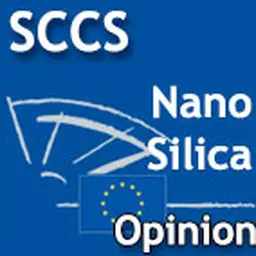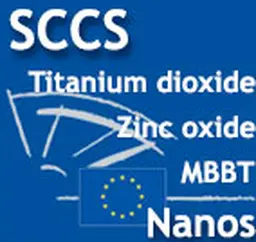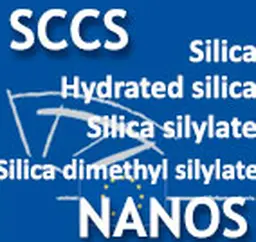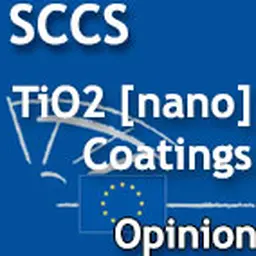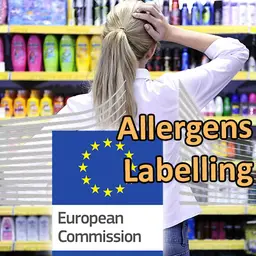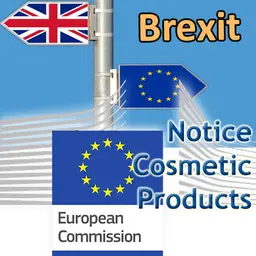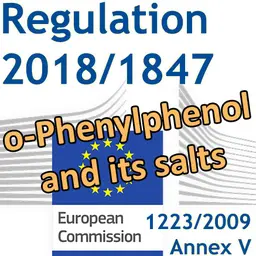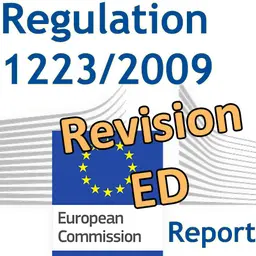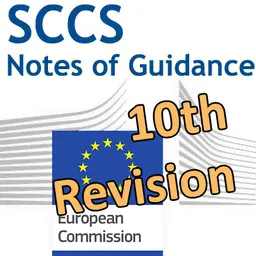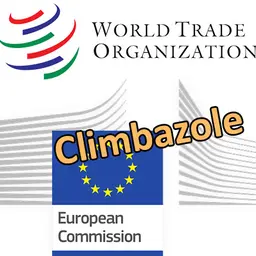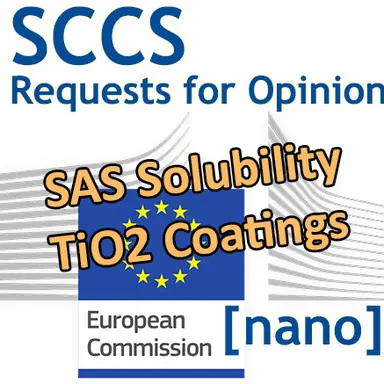
The solubility of Synthetic amorphous silica (SAS) and two new coatings for Titanium dioxide (nano) will be assessed by the SCCS. The requests from the European Commission were published on March 20, 2018. The Scientific Committee has until October 2018 to give its Opinions.
Silica, Hydrated Silica, and Silica Surface Modified with Alkyl Silylates (nano form)
Background
Article 2(1)(k) of Regulation 1223/2009 (the Cosmetics Regulation) establishes that “nanomaterial” means an insoluble or biopersistent and intentionally manufactured material with one or more external dimensions, or an internal structure, on the scale from 1 to 100 nm.
That definition covers only materials in the nano-scale that are intentionally made, and are insoluble/partially-soluble or bio-persistent (e.g. metals, metal oxides, carbon materials, etc), and it does not cover those that are soluble or degradable/non-persistent in biological systems (e.g. liposomes, emulsions, etc.). Article 16 of the Cosmetics Regulation requires any cosmetic product containing nanomaterials to be notified to the Commission six months prior to being placed on the market, and Article 19 requires nano-scale ingredients to be labeled (name of the ingredient, followed by ‘nano’ in brackets). If there are concerns over the safety of a nanomaterial, the Commission shall refer it to the Scientific Committee on Consumer Safety (SCCS) for a full risk assessment.
The Commission received several notifications under Article 16 of the Cosmetics Regulation on four types of nano silica and consequently a safety assessment on Silica, Hydrated Silica, and Silica Surface Modified with Alkyl Silylates …

